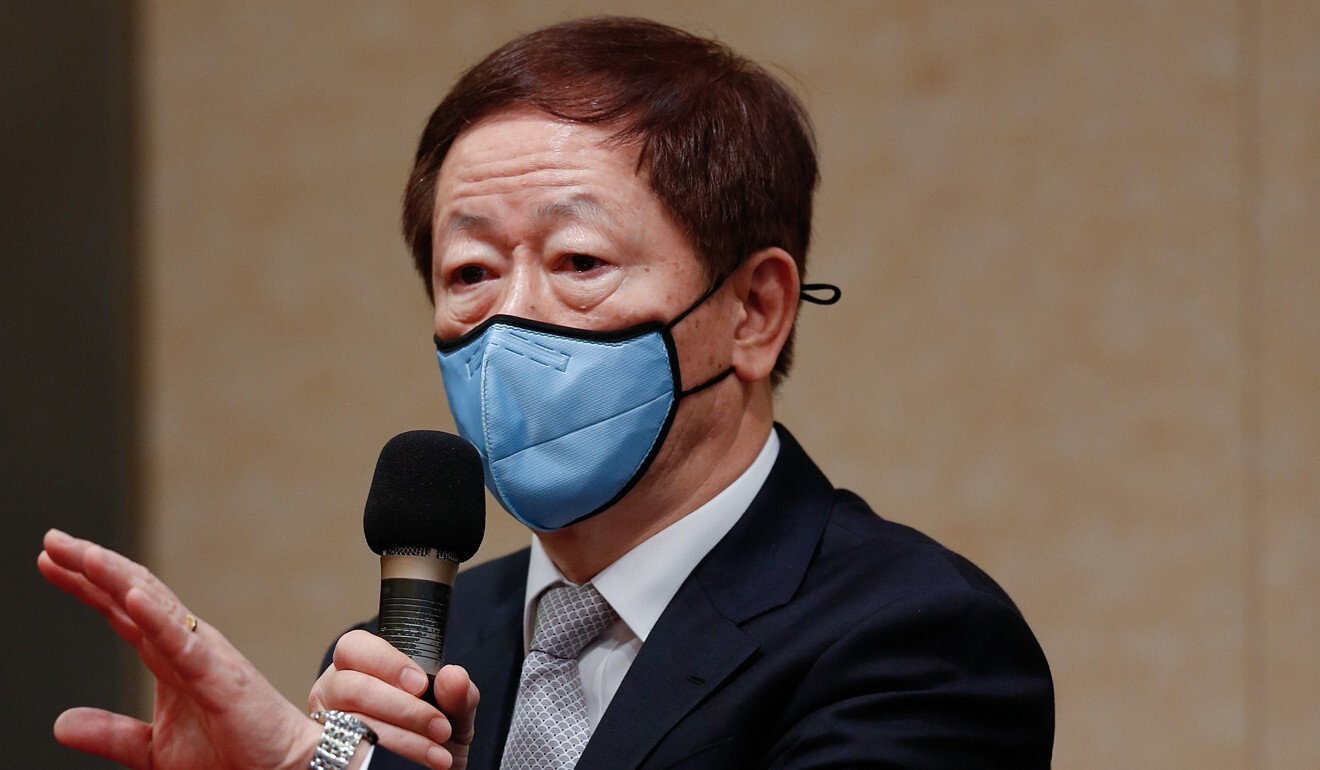
Is TSMC’s Arizona project a US tech supply chain win? Or a cautionary tale?
- US trade officials say the Taiwan Semiconductor Manufacturing Company pledge to build a US$12 billion plant is example of bringing tech supply chain home
- But analysts note the process of ramping up can drag on, and attracting essential suppliers is far from easy

When the Taiwan Semiconductor Manufacturing Company pledged US$12 billion last month to build a chip factory in Arizona, US trade officials hailed the project as progress in their drive to lure foreign tech companies to American soil.
But the Trump administration’s objective – moving the tech supply chain from overseas and to the US – will be far from easy.
In committing to the eye-popping investment, TSMC became a prime example of the Trump administration’s drive to relocate critical supply chains.
For TSMC, the deal may also help the chip maker win US approval to keep selling to its second-largest customer, Huawei Technologies – the Chinese telecommunications giant the US has urged global suppliers and governments to cut ties with.

“This investment is a way for TSMC to gain leverage. I'm betting they will get the licenses to continue to sell to Huawei. If they don't, they will slow-walk and maybe even completely walk away from [the project]. This will be very bad for Trump in the run-up to the election,” said Nicholas Lardy, a senior fellow at the Peterson Institute for International Economics.
“They are in a stronger position than most people recognise. They don’t have to make the investment,” Lardy added.
TSMC’s chairman, Mark Liu, said last month on an investor call that the discussions took years because there was a “cost gap” to build the US plant that was “hard to accept at this point”.
US Commerce Secretary Wilbur Ross said that the TSMC project was the product of years of collaboration. To secure TSMC’s pledge, Arizona and the federal government provided financial aid to bridge additional expenses related to the new facility, a State Department official said. Now to ensure that TSMC follows through, the US may have to let it keep selling to Huawei.
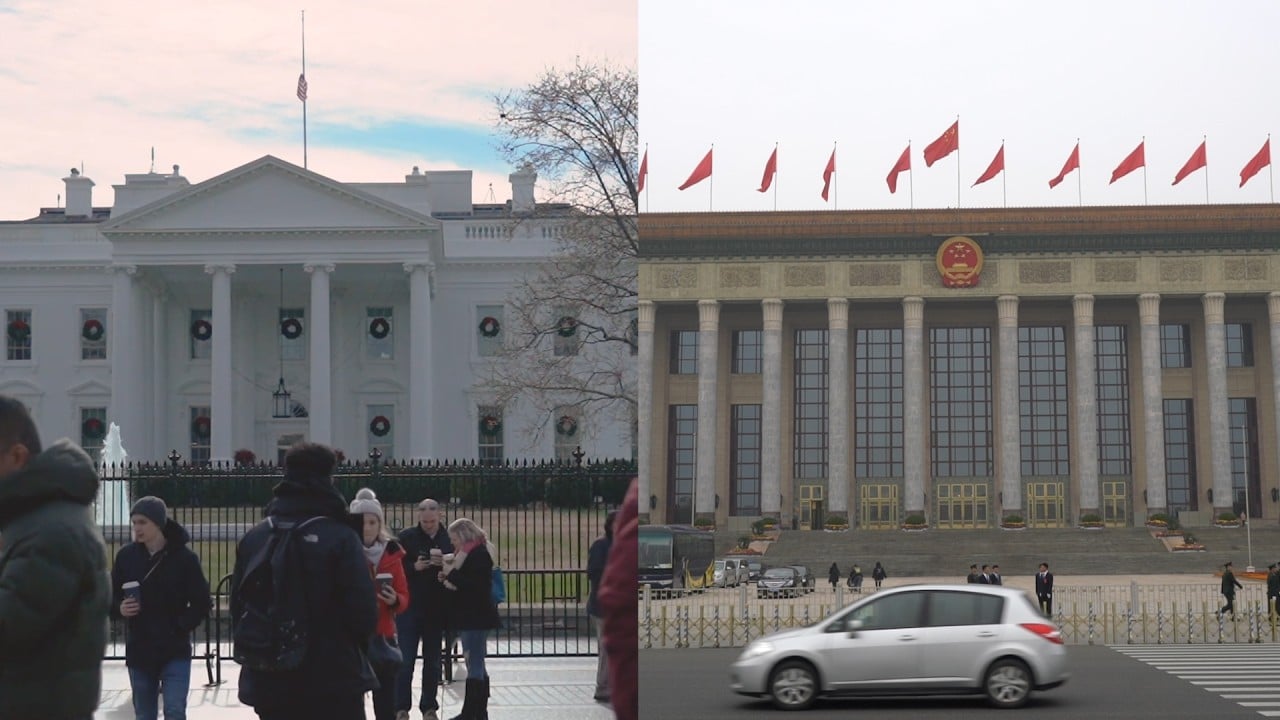
02:06
Coronavirus pandemic creates ‘new Cold War’ as US-China relations sink to lowest point in decades
TSMC’s road to the US showed the trade-offs and incentives the US government needs to offer to bring suppliers onshore. An American tech manufacturing renaissance may not happen any time soon. As China’s importance in the tech sector rises worldwide, the US has found it more difficult to draw companies, and governments, away from the country, where sizeable revenue is generated and affordable and advanced tech is produced.
From its start in 2017, the Trump administration began to confront China in a tech war, realising that China’s rising domination in the next generation of technology could further empower it on the world stage and shift the balance of power from the US.
The US government has been trying to bring tech supply chains onshore to revive domestic tech development and to reduce reliance on China, an effort accelerated by the coronavirus pandemic.
The US remains the top producer in the US$400 billion semiconductor industry, but its market share has declined as chip makers in Taiwan and South Korea have rapidly ramped up production.
In the past 10 years, Intel’s market share rose to 16 per cent in the global chip market, but other players climbed at a much faster pace: Samsung of South Korea, for example, held 13 per cent of the market in 2019 – a 63 per cent increase from 2009, according to the Gartner research firm.
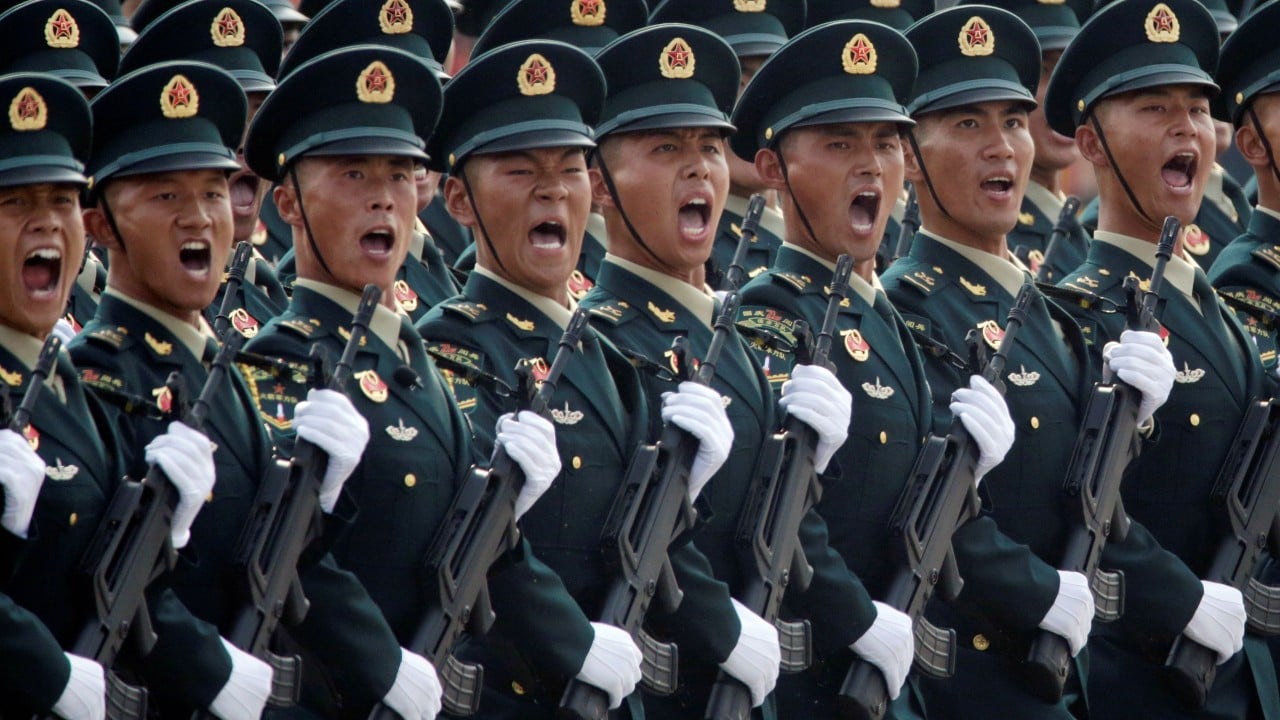
04:12
Are Xi Jinping’s China and Donald Trump’s US destined for armed conflict?
The wooing of TSMC, which makes the advanced five-nanometer chips used in most smartphones and many other devices, took a lot of negotiations and generous financial incentives, according to a State Department official, who declined to give financial details because they are not public.
TSMC, started in 1987 in Northern Taiwan, is the largest contract chip maker in the world with US$35 billion in revenue in 2019. With fabrication plants in Shanghai and Nanjing, TSMC has quickly become a major supplier to Chinese tech firms. Last year, TSMC sold US$5 billion in chips to Huawei.
A TSMC spokesperson, Nina Kao, said that the company’s intention to build a fab in the US “is a business decision” and that the company hadn’t had any conversations with the US government about Huawei yet.
Having the advanced chips made in the US is important to complete the domestic supply chain to reduce reliance on China and other countries, said Keith Krach, the State Department’s undersecretary for economic growth, energy and the environment.
“We are able to start the initiative [to move the supply chains] with a big bang” with TSMC, said Krach. The project is just the first of many, he said: “There are more in the pipeline.”
The US has a reason to worry. Huawei and other Chinese tech companies like ZTE – unknown outside China just a few years ago – are now leaders in developing the next-generation 5G technology.
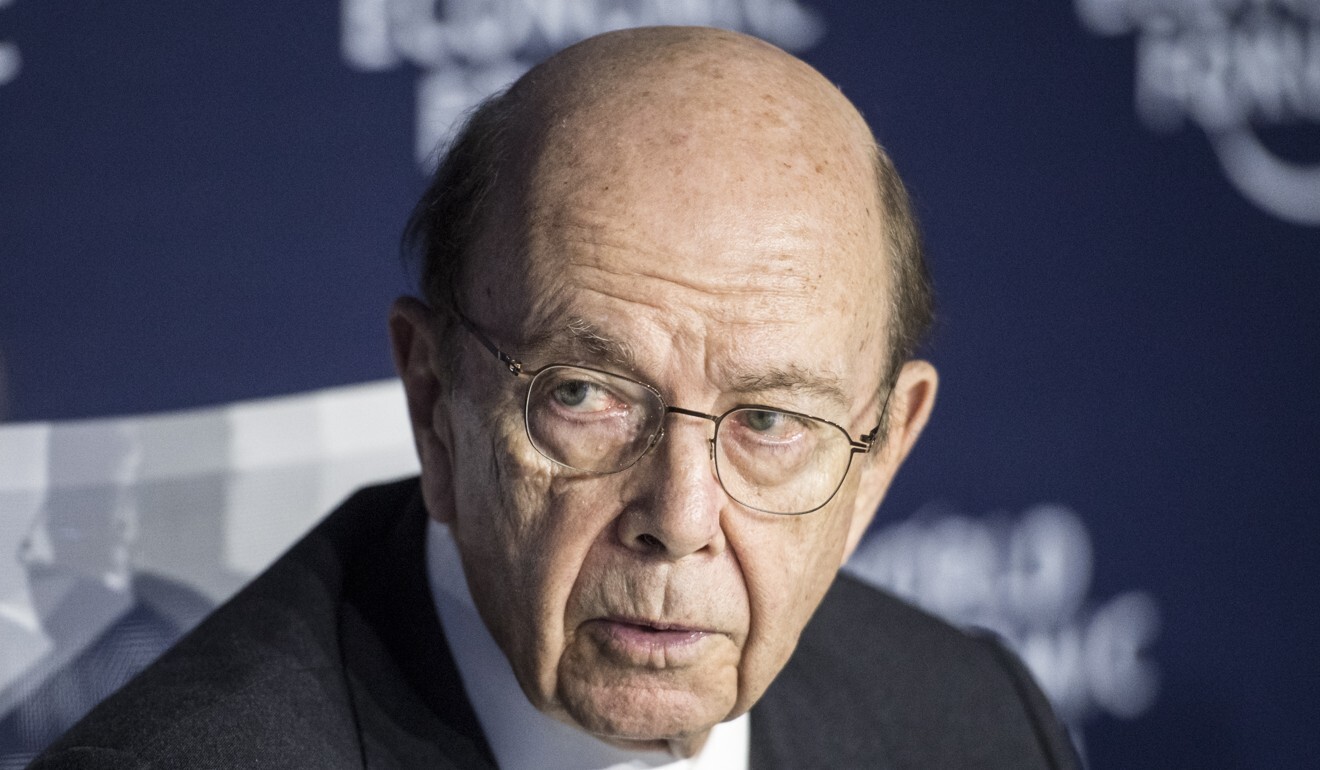
Chinese President Xi Jinping has made “protecting a stable supply chain and a value chain” one of six national priorities amid the coronavirus fallout, reflecting China’s determination to maintain its role in the world economy.
The pandemic has exposed the limits of domestic production and the dependence on foreign production, as state governments scrambled to purchase critical medical equipment. Lawmakers of both parties agreed that the US needs to build up its domestic manufacturing.
Trump told Fox News recently that “we shouldn’t have supply chains, we should have them all in the United States”.
The White House is working on its “Buy American” executive order. More than a dozen proposals are being circulated in Congress.
Until a plan becomes clear, “onshoring” will remain difficult. Senator Sherrod Brown of Ohio, a leading Democrat on trade issues, said that while he was encouraged that there have been more bipartisan talks about boosting US manufacturing capacity, “there’s a long way to go”.
Trump’s top economic adviser Larry Kudlow said last month that the White House was exploring a massive tax cut for corporations – among other incentives – if they return their supply chains from overseas to the United States.
“Maybe the corporate tax rate of 21 per cent should be lowered by 50 per cent to about 10.5 per cent for corporations who are coming back home,” Kudlow told Fox Business. “That’s something to look at.”
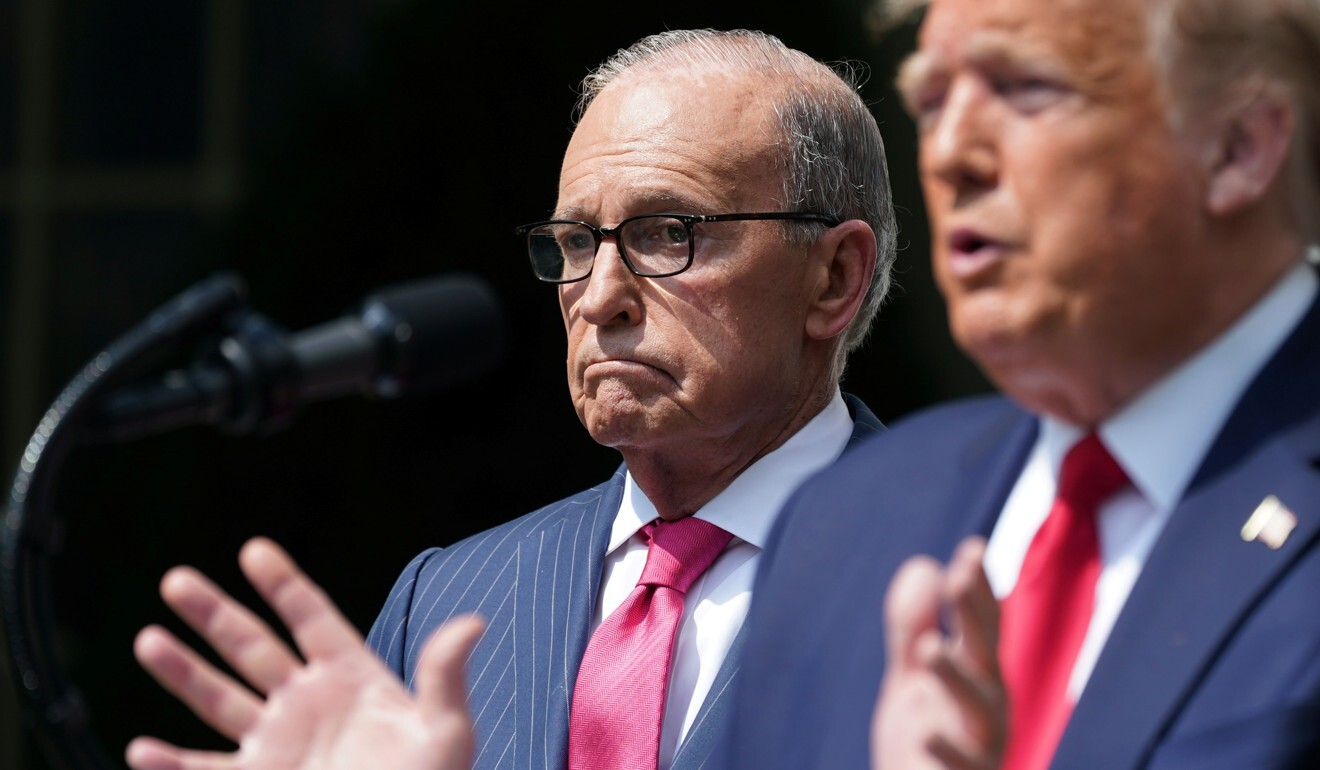
The Republican tax law of 2017 already cut the corporate tax rate to 21 per cent, from 35 per cent.
Other ideas include offering low-interest federal loans to companies returning production from overseas, and a proposal to pay 100 per cent of a company’s expenses to move plants to the US.
The administration also may ask the US International Development Finance Corp – an independent governmental agency that provides financing for private development projects – “to shift their priorities a bit and help companies in America and help overseas companies coming to America,” Kudlow said.
But what that incentive plan may look like remains unclear.
Rebuilding an entire tech supply chain in just one country is easier said than done after years of globalisation that has relocated much production overseas.
In recent years, a handful of tech companies have closed operations in China and moved elsewhere. But few have added to their existing manufacturing capacity in the US.

05:20
U.S.-China tech war overshadows ‘phase one’ trade deal
California-based GoPro, the action camera maker, moved the bulk of its production from China to Mexico last year. “Today’s geopolitical business environment requires agility. We’re proactively addressing tariff concerns,” GoPro’s chief financial officer, Brian McGee, said in late 2018.
GlobalFoundries, the California-based chip maker spun off from Advanced Micro Devices, has halted its US$100 million operations at a joint venture factory in China. But the closure had reportedly little to do with the superpower rivalry and more to do with culture clashes between the managers at the plant.
And Intel, the Silicon Valley giant, said last month it was in discussions with the Defence Department about the possibility of building a new manufacturing facility in the US. But, as seen with TSMC, it could take years before a decision is made.
Even for companies that have committed to build in the US, the process of ramping up the investment and production can drag on.
Seven years ago, Foxconn, the Taiwanese electronics manufacturer that makes Apple’s iPhones, announced to great fanfare that it would build a US$10 billion flat-screen TV and LCD panel manufacturing plant in Wisconsin. The state agreed to help with a range of incentives that included subsidies up to US$4.8 billion.
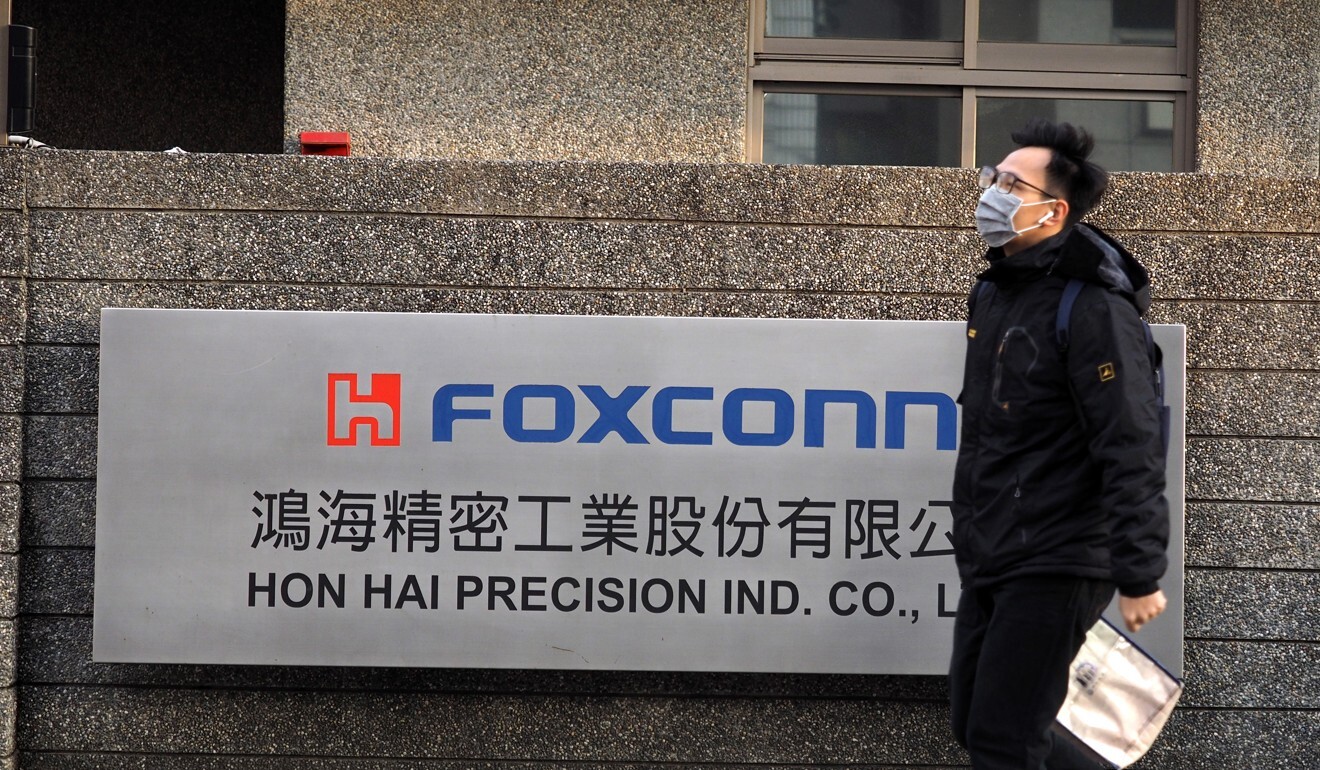
Despite all the effort, Foxconn in January 2019 said it was reconsidering after it failed to qualify for the first US$10 million in subsidies because it fell short of the number of jobs it had promised to create. The factory remained empty as of April.
Construction of the TSMC plant is not expected to begin until 2021, with the first chips produced in 2024.
On Tuesday, Liu of TSMC said the company was still in talks with the US government about subsidies. “What we’ve asked is we hope the US federal and city governments can make up TSMC’s running costs,” Liu said.
Liu said he understood that Congress needs to approve everything, but “this is not paving the way for TSMC”.
“The decision should be made by laws and regulations from the federal and state governments,” if the US hopes to establish a semiconductor environment competitive with the rest of the world, he added.
Kevin Dennean, an analyst at UBS Financial Services, said he saw little in the way of onshoring or reshoring for the hi-tech hardware industry.
“Manufacturing services provided by third parties are well-diversified across Asia, Eastern Europe, and Latin America,” he said. “While there may be some reshoring in semiconductors, a seismic shift in the US semiconductor landscape seems unlikely.”